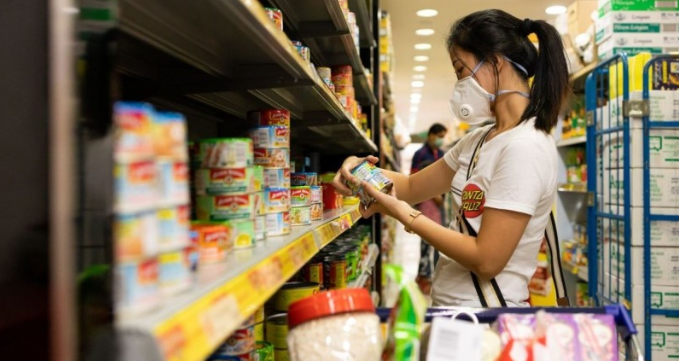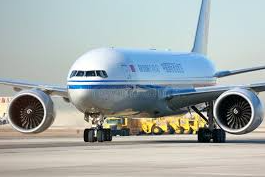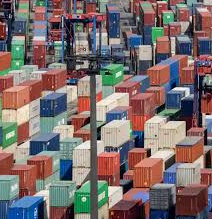Food Prices, Utilities, and Transport Drive Inflationary Pressures
Inflation Climbs to Historic Levels
In June, Singapore’s core inflation rate rose to 4.4% year-on-year, surpassing May’s 3.6% and reaching its highest level since the 2008 financial crisis. Meanwhile, headline inflation, including accommodation and private transport costs, jumped to 6.7% from 5.6% in May. These figures exceeded market forecasts, signalling persistent inflationary pressures.
Key Drivers of Rising Costs
The Monetary Authority of Singapore (MAS) and the Ministry of Trade and Industry (MTI) highlighted significant increases across various sectors. Private transport costs soared by 21.9% due to higher car prices and petrol costs. Food prices, driven by soaring chicken prices following Malaysia’s export ban, rose 5.4%, with steep increases in meat, fish, seafood, and dairy products.
Electricity and gas prices also climbed, increasing by 20% year-on-year, reflecting higher costs in Open Electricity Market plans. Services costs grew by 3.4%, attributed to pricier airfares, holiday expenses, and transport services. Retail and other goods costs spiked by 3.1%, driven by medicines, health products, and apparel.
Impacts on Households
Inflation affected households unevenly, with top-income groups experiencing a 6.0% rise in CPI due to higher spending on cars and transport. Middle-income households saw a 4.9% increase, while the lowest 20% faced a 4.2% rise, driven by essential items like food, transport, and housing utilities.
Selena Ling, OCBC’s chief economist, noted that lower-income households face substantial challenges, as their wage growth lags behind inflation in essential goods.
Policy and Economic Outlook
MAS has raised its 2022 core inflation forecast to 3.0–4.0%, with headline inflation now expected at 5.0–6.0%. Despite tightening monetary policy multiple times since 2021, economists suggest further measures may be necessary. ING economist Nicholas Mapa highlighted the ongoing struggle to contain inflation despite existing interventions.
Brian Tan, a Barclays economist, anticipates core inflation cooling only slightly to 4.0% in 2023. The MAS and MTI flagged risks from global commodity price shocks and domestic wage pressures, suggesting inflation will remain elevated in the coming months.
Broader Economic Implications
Economists emphasise the need to monitor inflation alongside economic momentum. Labour market data due later this week may offer additional insights into how inflation and wage adjustments are impacting different income groups.
Amid ongoing challenges, businesses and households must adapt to persistently high prices and the broader economic landscape reshaped by inflationary trends.








